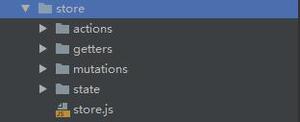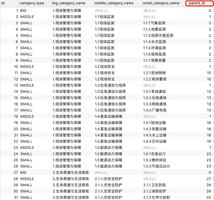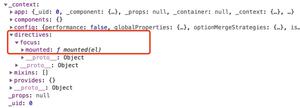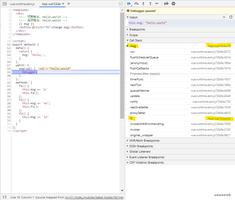Vue -Bus总线

有时候两个组件也需要通信(非父子关系)。当然Vue2.0提供了Vuex,但在简单的场景下,可以使用一个空的Vue实例作为中央事件总线。
<div id="app"><c1></c1>
<c2></c2>
</div>
var Bus = new Vue(); //为了方便将Bus(空vue)定义在一个组件中,在实际的运用中一般会新建一Bus.jsVue.component('c1',{ //这里已全局组件为例,同样,单文件组件和局部组件也同样适用
template:'<div>{{msg}}</div>',
data: () => ({
msg: 'Hello World!'
}),
created() {
Bus.$on('setMsg', content => {
this.msg = content;
});
}
});
Vue.component('c2',{
template: '<button @click="sendEvent">Say Hi</button>',
methods: {
sendEvent() {
Bus.$emit('setMsg', 'Hi Vue!');
}
}
});
var app= new Vue({
el:'#app'
})
在实际运用中,一般将Bus抽离出来:
Bus.js
import Vue from 'vue'const Bus = new Vue()
export default Bus
组件调用时先引入
组件1
import Bus from './Bus'export default {
data() {
return {
.........
}
},
methods: {
....
Bus.$emit('log', 120)
},
}
组件2
import Bus from './Bus'export default {
data() {
return {
.........
}
},
methods: {
....
Bus.$on('log', content => {
console.log(content)
});
},
}
但这种引入方式,经过webpack打包后可能会出现Bus局部作用域的情况,即引用的是两个不同的Bus,导致不能正常通信
实际运用二(推荐):
当然也可以直接将Bus注入到Vue根对象中,
import Vue from 'vue'const Bus = new Vue()
var app= new Vue({
el:'#app',
data:{
Bus
}
})
在子组件中通过this.$root.Bus.$on(),this.$root.Bus.$emit()来调用
以上是 Vue -Bus总线 的全部内容, 来源链接: utcz.com/z/375656.html








